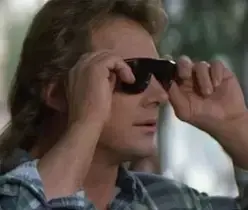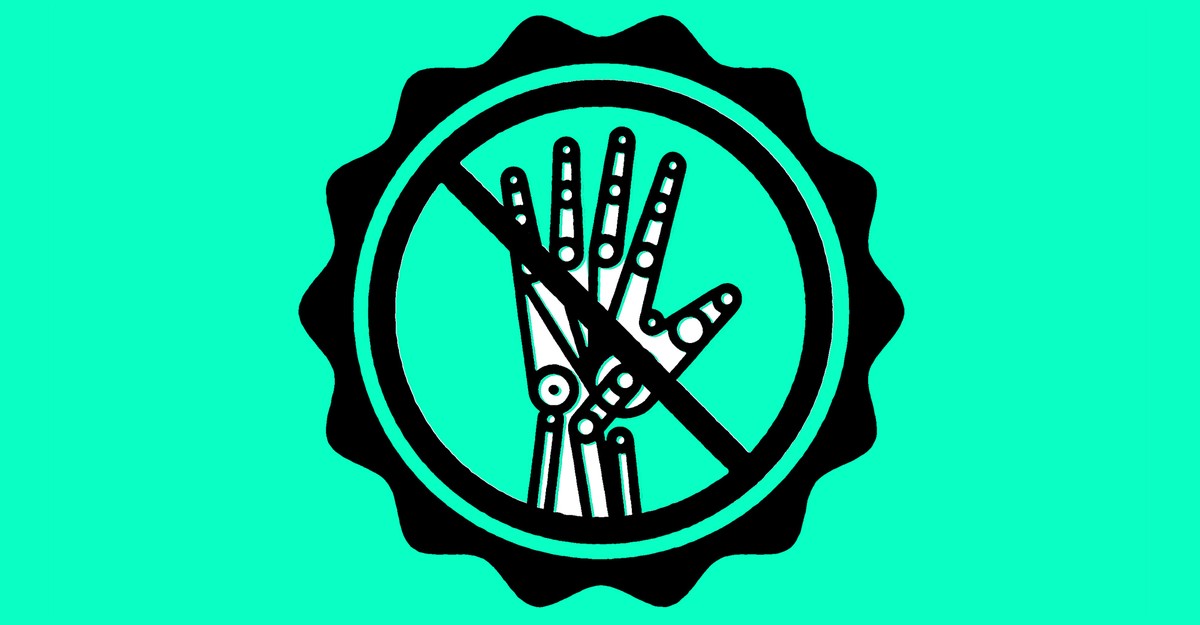As soon as Apple announced its plans to inject generative AI into the iPhone, it was as good as official: The technology is now all but unavoidable. Large language models will soon lurk on most of the world’s smartphones, generating images and text in messaging and email apps. AI has already colonized web search, appearing in Google and Bing. OpenAI, the $80 billion start-up that has partnered with Apple and Microsoft, feels ubiquitous; the auto-generated products of its ChatGPTs and DALL-Es are everywhere. And for a growing number of consumers, that’s a problem.
Rarely has a technology risen—or been forced—into prominence amid such controversy and consumer anxiety. Certainly, some Americans are excited about AI, though a majority said in a recent survey, for instance, that they are concerned AI will increase unemployment; in another, three out of four said they believe it will be abused to interfere with the upcoming presidential election. And many AI products have failed to impress. The launch of Google’s “AI Overview” was a disaster; the search giant’s new bot cheerfully told users to add glue to pizza and that potentially poisonous mushrooms were safe to eat. Meanwhile, OpenAI has been mired in scandal, incensing former employees with a controversial nondisclosure agreement and allegedly ripping off one of the world’s most famous actors for a voice-assistant product. Thus far, much of the resistance to the spread of AI has come from watchdog groups, concerned citizens, and creators worried about their livelihood. Now a consumer backlash to the technology has begun to unfold as well—so much so that a market has sprung up to capitalize on it.
Obligatory “fuck 99.9999% of all AI use-cases, the people who make them, and the techbros that push them.”



Your insinuation here was that AI art is “real art” because someone once stacked 10 buckets of sand and called it “real art”. It comes across as pretty desperate that you relied on a comparison with something as questionable as this to argue that AI art is the equivalent of traditional art. As you said, there will always be artists and “artists”. Sounds like AI “artists” fit in quite well with the latter group.
Let me clarify: I’ve seen the sand bucket guy’s art featured twice on the news in the past few days, filmed at an art gallery, described as art, commented as being art. It’s not some random event, it’s the current publicly accepted definition of “art”.
My statement, not insinuation, as to why AI art is comparable to “traditional” art, comes after that.
What comes across as desperate however, is generalizing all AI output and disparaging it, without considering the quality of input from the person behind it. Reminds me of how photography used to not be art, how electric instruments couldn’t be art, or how using a computer couldn’t be art either. Tools don’t make or break an artist.